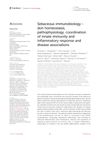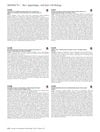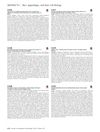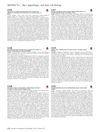Nicotinic Acid Suppresses Sebaceous Lipid Synthesis of Human Sebocytes via Activating Hydroxycarboxylic Acid Receptor 2 (HCA2)
April 2018
in “
Journal of Investigative Dermatology
”
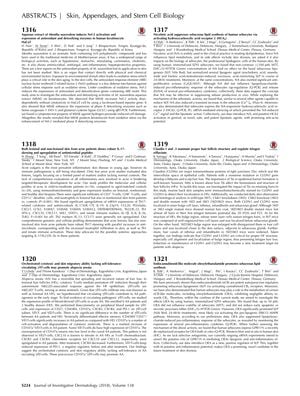
TLDR Nicotinic acid reduces excessive oil production in skin cells by activating a specific receptor, which could help treat acne.
The study investigated the impact of nicotinic acid (NA) on sebaceous lipid production in human sebocytes. It was found that NA at non-toxic levels did not alter normal lipid production but did reduce excessive lipid production induced by lipogenic agents, which is a condition similar to acne, within 24-48 hours. Additionally, NA had an anti-proliferative effect on sebocytes and did not affect their inflammatory response. The mechanism behind NA's effect on lipid production involved a temporary increase in intracellular calcium and the activation of hydroxycarboxylic acid receptor 2 (HCA2). When HCA2 was silenced, NA could no longer induce this calcium signal or reduce lipid production, indicating that NA and other HCA2 activators could be effective in treating acne by reducing sebaceous lipid synthesis.

